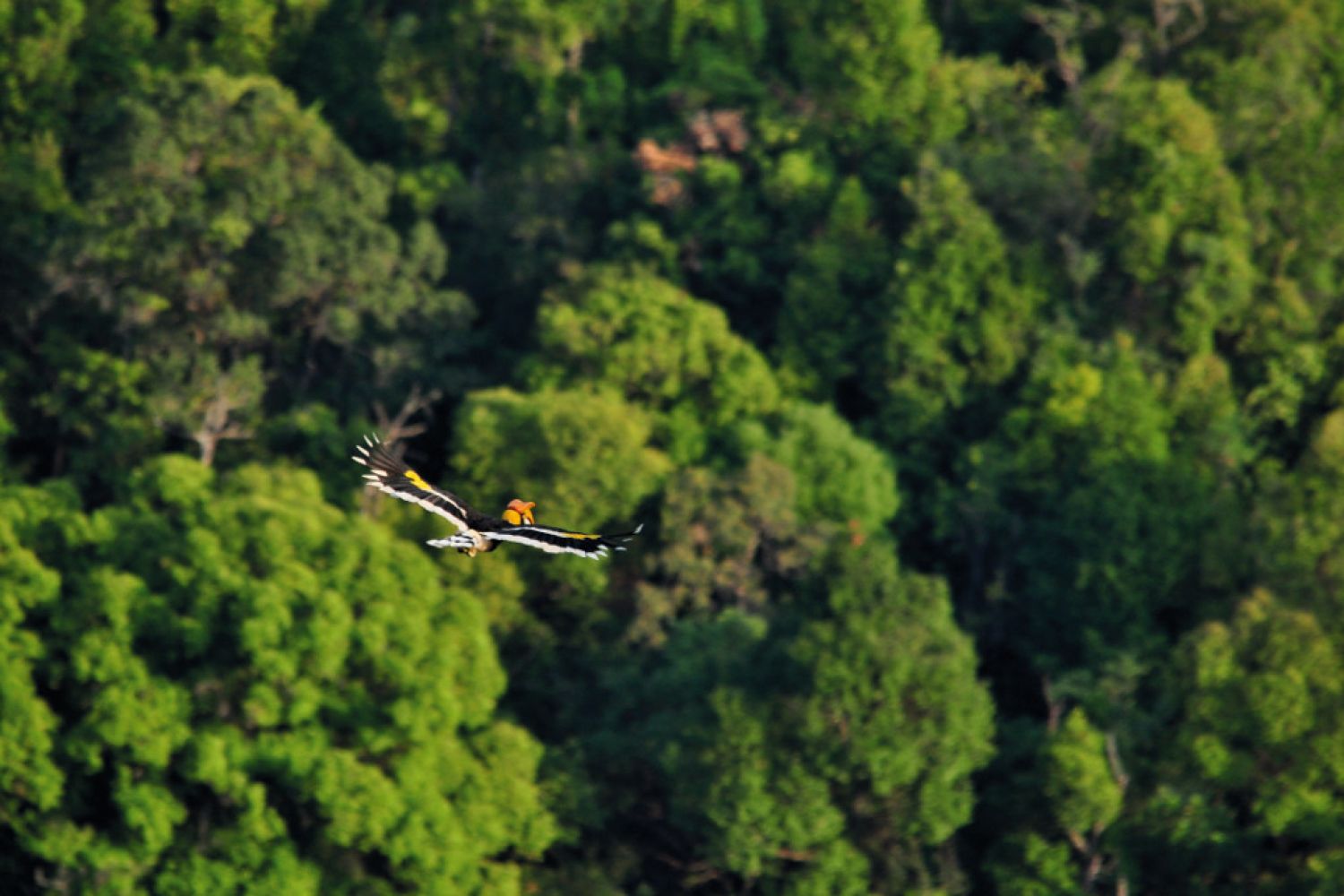
A light, pre-morning
rain is falling as Vivek Ramachandran climbs on his motorcycle and careens on
to the fog-shrouded dirt track that winds through the Kalakkad-Mundanthurai
Tiger Reserve (KMTR) in Tamil Nadu. The forest seems at times to close in on
the track, the dense tangle of undergrowth cutting across it every once in a
while. Above, layer upon layer of tree canopy forms a dense patchwork that
masks the sky.
Ramachandran’s
destination is a patch of dense evergreen forest c





